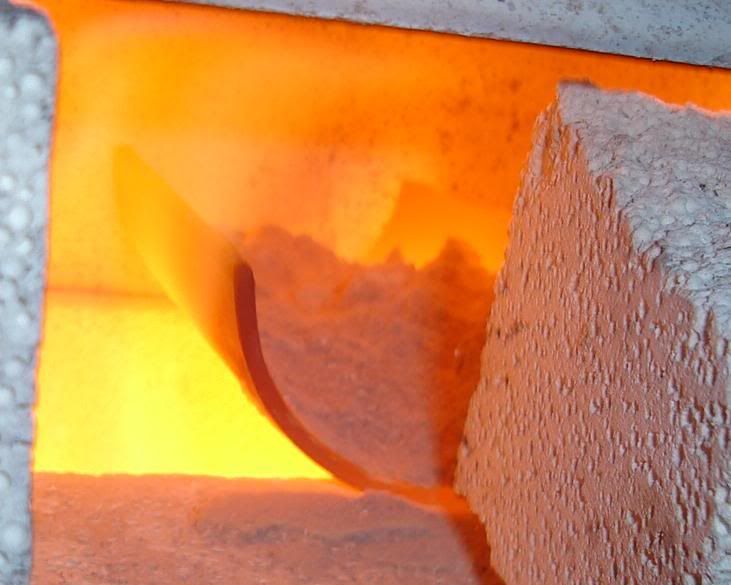I bought some garden lime a few weeks ago, which is basically crushed limestone. Limestone is calcium carbonate, CaCO3, and needs to be burnt in order to convert it to CO, calcium oxide, or quicklime. This is caustic (Alkaline), and used for destroying stuff. Also, if you mix it with water in the approved manner, you get lime mortar. Which then, over the years after it has been applied, absorbs CO2 from the air to become calcium carbonate again. All you are doing is making limestone into a form that is easily used for building, and then letting it turn back into limestone once in place.
I need it for several things. To start with, one or two odd chemical recipes require quicklime. (More on them this weekend) Furthermore, I want to see what I can produce and how much and how quickly, to get an idea of lime kilns and their work, and also whether I can make enough to do interesting things with. For example, it would be good to demonstrate making slaked lime (That’s the calcium hydroxide you get by adding water to the calcium oxide) and then using it to stick a couple of stones together.
Today’s take home fact is that lime mortar is re-usable, you just have to burn it.
Procedure:
Take two bits of scrap stainless steel from work. Place lime onto them. Get fire going, and heat up furnace to well over 1,000C. Hold at that temperature for half an hour. Stir lime occasionally. At this stage it should be so hot that any wood you put into the furnace bursts straight into flames.
Working a lime kiln must have been very hot, sweaty work. Holding over 1,000C for days at a time, with mixes of lime and coke or coal or wood tipped in the top would have been hard work. You can still see a lot of limekilns around Scotland, when local supplies of lime were exploited in the 18th and 19th centuries, in order to improve the farmland and build more houses. They are made of brick or stone, and are generally set against a bank or hill in order to make it easy to tip the mix of coal and limestone into the top of the furnace. After some time the material would have sunk to the bottom of the furnace, where I assume it was tapped to allow the lime out, although there would have to be holes to allow air in as well. I cannot find anything useful online about how lime kilns worked.
Regular readers will have noticed my grousing about a lack of reactions between some sand and boiled ashes. So during last week I decided to calcine the ashes I had in order to purify them. The end result was a much smaller amount of brown stuff. They lost 38% of their weight. Now, I am assuming that this was mostly carbon compounds that were oxidized readily in the over 1,000C temperatures that they reached.
The photo below shows the steel sitting in the furnace, which is glowing warmly.

Further information on Lime can be found at these places:
The Scottish Lime centre
Charlestown lime kilns
No comments:
Post a Comment